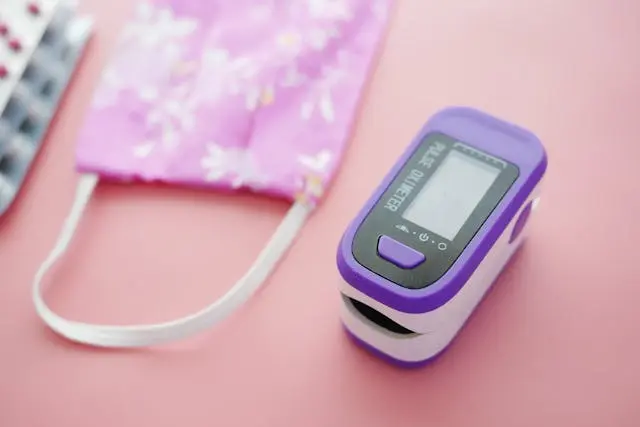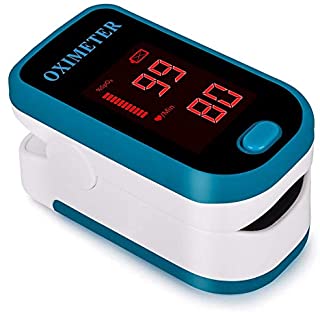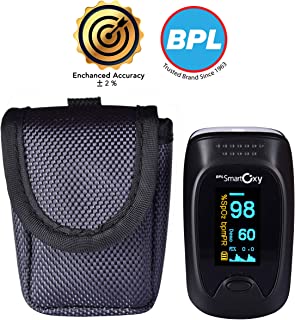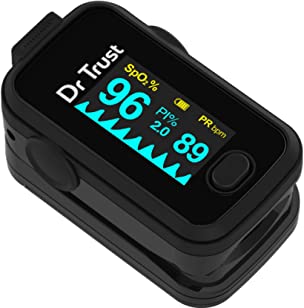How to use Oximeter
A Pulse Oximeter is a device that is used to quickly and easily monitor a person’s oxygen saturation. This means that is can measure the level of oxygen within the blood, specifically in arterial blood without using any invasive means.
People with COVID-19 often need oxygenation support, so this gadget has become a need of the time. Oximeters have been flying off the shelves for many households’ first aid kits, largely because they are non-invasive, low-cost, easy to use, and effective at detecting low blood oxygen levels.
How Does a Pulse Oximeter Work?
Pulse oximeters work on a simple but brilliant principle. Blood absorbs light, and there’s a distinct difference between the wavelengths that go through oxygenated and de-oxygenated blood. The finger clip of a pulse oximeter consists of a transmitting light source that emits a broad spectrum of light.
On the other end, there’s a receiver that measures how much light passes through. The diode on the receiving end is capable of detecting the wavelength of light. The internal circuits and processing components of the pulse oximeter do some calculations as well. The device has to compensate for the ambient light, finger size, and the absorbance of the rest of the tissues.
There’s a reference curve saved in the memory of the device to calibrate the incoming readings and normalize them. This increases the precision of the results that it provides. What Does a Pulse Oximeter Measure?
Pulse Oximeters measure the percentage of arterial oxygen primarily. In more precise terms, this is the amount of oxygen carried on blood hemoglobin. It’s known as SpO2.
Heart rate (HR) is automatically calculated alongside the percentage of oxygen. HR and SpO2 complement one another, and clinicians find this double parameter readout quite informative. How to Use a Pulse Oximeter?
Using a pulse oximeter is quite simple. You clip it on the middle right finger, a toe, or an earlobe. Some models are surface probes that you can attach to the forehead or chest.
check Dr S.K. Gupta video on oximeter–
Which Finger Is Best for a Pulse Oximeter?
The verdict came out that the middle finger of the right hand gives the best accuracy. The thumb of the same hand follows. What are the Risks of Pulse Oximetry? Thankfully, there aren’t any risks or dangers of using a pulse oximeter.
The biggest concern is making sure that the device is giving an accurate reading. What are the Normal Ranges for a Pulse Oximeter? Heart rate – 60-100 beats/min Oxygen Saturation – 95-100% Please
Now a days there is also an app which can measure oxygen level and pulse check it out
We’d suggest going to your pharmacy. Most Indian pharmacies have partnered with legitimate names in the medical device sub-industry to provide cost-effective and reliable pulse oximeters. Those who want to support India-made pulse oximeters can look to AmbiTech, Oxysat, or Home Medix, among other names.
According to the World Health Organization’s Pulse Oximetry Training Manual, one must use the oximeter with patience. Once clipped on, it requires about 10 seconds to get an accurate reading.






